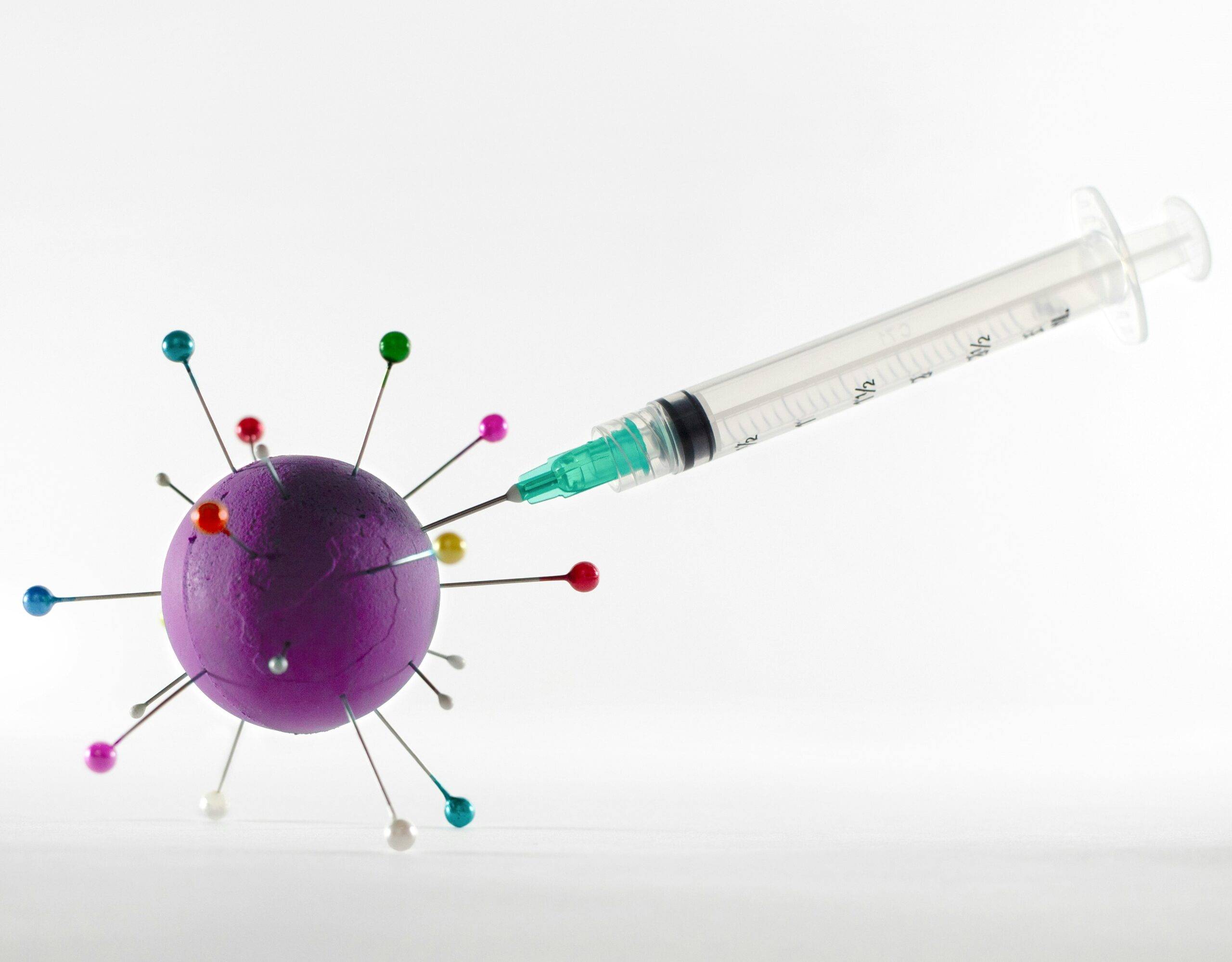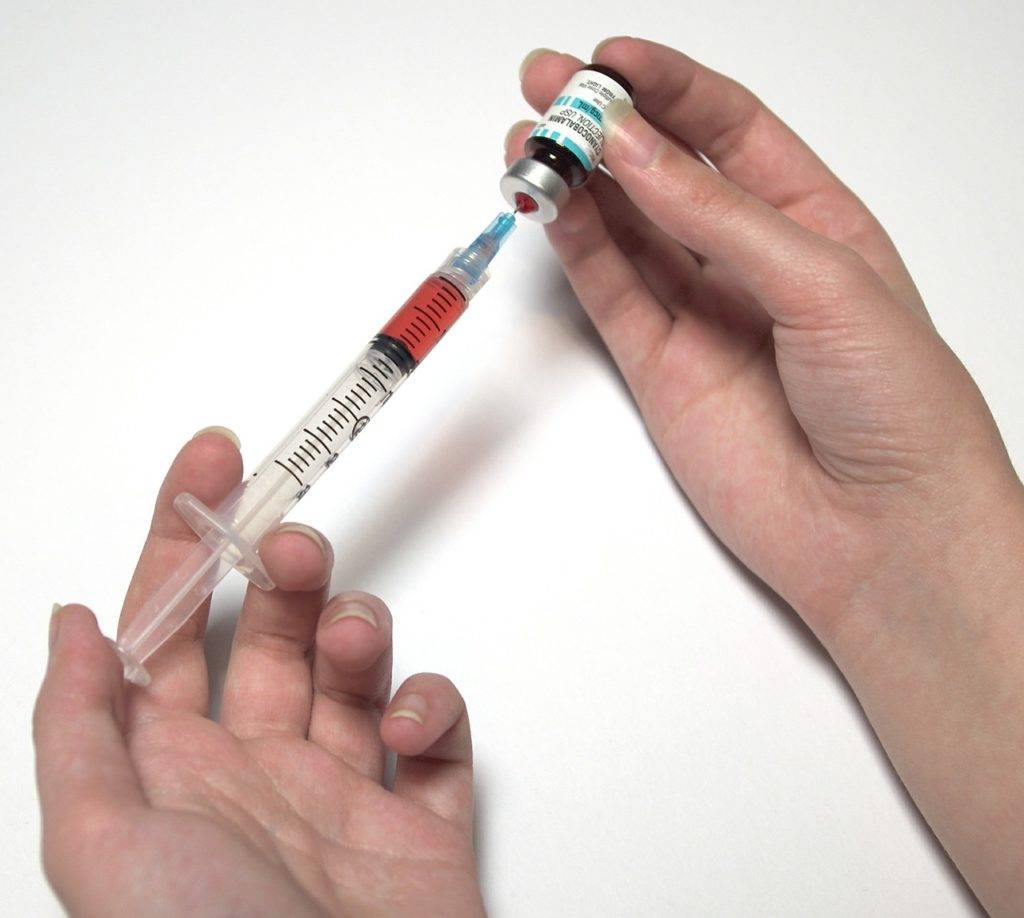Why Understanding These Vaccines Matters for Your Family’s Health
Vaccines are like shields that protect our families from dangerous diseases. Among the most important are the DTaP, Tdap, and Td vaccines. These vaccines guard against three serious illnesses: diphtheria, tetanus, and pertussis (also known as whooping cough).
Understanding the differences between these vaccines helps ensure that everyone in your family—babies, teens, and adults—stays protected. This guide will break down what each vaccine does, who needs it, and when. We’ll also address common questions and concerns so you can feel confident about keeping your loved ones safe.
What is DTaP? (For Young Children)
What Does DTaP Protect Against?
DTaP stands for Diphtheria, Tetanus, and acellular Pertussis. Here’s what each of these diseases can do:
- Diphtheria: A serious throat infection that can block airways and damage the heart and nerves.
- Tetanus: Also known as “lockjaw,” it causes painful muscle stiffness and can be life-threatening.
- Pertussis (Whooping Cough): A highly contagious cough that can be deadly for babies.
These diseases are rare today, thanks to vaccines, but they can come back if we stop vaccinating.
When Should Children Get the DTaP Vaccine?
The Centers for Disease Control and Prevention (CDC) recommends that children receive five doses of the DTaP vaccine at the following ages:
- 2 months
- 4 months
- 6 months
- 15–18 months
- 4–6 years
This schedule helps build strong immunity early in life. It’s important to follow the timing closely to ensure maximum protection.
Why Completing the Series is Crucial
Each dose of DTaP builds upon the last to strengthen your child’s defense against these diseases. Missing a dose can leave gaps in protection. Completing the full series ensures your child is fully guarded during their most vulnerable years.
What is Tdap? (For Adolescents and Adults)
What Is the Tdap Vaccine?
Tdap stands for Tetanus, Diphtheria, and acellular Pertussis. It’s similar to DTaP but formulated for older children and adults. The key difference is that Tdap contains smaller diphtheria and pertussis components, making it suitable as a booster.
Why Do Adolescents Need a Tdap Booster?
Immunity from the DTaP series can fade over time. This is why the CDC recommends a Tdap booster at age 11 or 12. This booster helps maintain protection during the teen years, when social interactions increase the risk of spreading diseases like whooping cough.
Importance of Tdap for Adults, Especially Pregnant Women and Those Around Infants
Adults should receive a Tdap booster every 10 years. It’s especially important for:
- Pregnant Women: Getting a Tdap shot during each pregnancy (preferably between 27 and 36 weeks) helps protect newborns from whooping cough.
- Family Members and Caregivers: Anyone in close contact with infants should be up-to-date with their Tdap vaccine to create a protective “cocoon” around the baby.
Recommended Schedule for Adolescents and Adults
- Adolescents (11–12 years): One Tdap booster.
- Adults: One Tdap booster, then a Td or Tdap booster every 10 years.
- Pregnant Women: One Tdap booster during each pregnancy.
What Is Td? (For Adults)
What Does the Td Vaccine Protect Against?
Td stands for Tetanus and Diphtheria. Unlike Tdap, it does not protect against pertussis. It’s a booster to maintain immunity against tetanus and diphtheria in adults.
When Is the Td Vaccine Typically Used?
- Routine Boosters: Adults should receive a Td booster every 10 years to keep their immunity strong.
- Wound Management: If you have a severe or dirty wound and haven’t had a tetanus shot in the past 5 years, a Td booster is recommended.
Note: Tdap can be used in place of Td for these boosters, especially if you haven’t received a Tdap before.
Key Differences Summarized
Here’s a quick comparison to help you understand who gets which vaccine and why:
| Vaccine | Protects Against | Age Group | Pertussis Component | Schedule |
| DTaP | Diphtheria, Tetanus, Pertussis | Children under 7 | Yes | 5 doses: 2, 4, 6, 15–18 months, 4–6 years |
| Tdap | Diphtheria, Tetanus, Pertussis | 11 years and older | Yes | One dose at 11–12 years, then every 10 years |
| Td | Diphtheria, Tetanus | 7 years and older | No | Every 10 years, or after certain injuries |
The main difference lies in the pertussis component. DTaP and Tdap protect against whooping cough, while Td does not.
Why These Vaccines Are Important
The Diseases They Prevent and Their Severity
- Diphtheria: Can cause breathing problems, heart failure, and paralysis.r
- Tetanus: Leads to painful muscle stiffness and can be fatal.
- Pertussis (Whooping Cough): Especially dangerous for infants, causing severe coughing fits and breathing difficulties.
These diseases can have serious complications, but vaccines have made them rare. However, they can return if vaccination rates drop.
Herd Immunity Concept
When most people are vaccinated, it creates “herd immunity,” making it hard for diseases to spread. This protects those who can’t be vaccinated, like newborns or people with certain medical conditions.
Safety and Efficacy Information: Why You Can Trust DTaP, Tdap, and Td Vaccines
When it comes to your family’s health, nothing matters more than safety—and the good news is that DTaP, Tdap, and Td vaccines are some of the most well-studied and trusted vaccines in the world.
How Are These Vaccines Tested?
Before a vaccine reaches your child’s doctor’s office, it goes through multiple phases of rigorous clinical trials. These trials test the vaccine in thousands of people to ensure it:
- Works well to prevent disease
- Safe for all age groups
- Has predictable and mild side effects
After approval, vaccines are continually monitored by global safety systems such as the Vaccine Adverse Event Reporting System (VAERS) and the CDC’s Vaccine Safety Datalink.
What Side Effects Should You Expect?
Most children and adults will only experience mild, short-lived side effects, such as:
- Soreness, swelling, or redness where the shot was given
- A low-grade fever
- Tiredness or crankiness (especially in toddlers)
These symptoms usually go away within 1–2 days. They are signs that your immune system is working and learning how to fight off real infections in the future.
What About Serious Side Effects?
Serious side effects are extremely rare. In fact, the chance of having a severe allergic reaction is about 1 in a million doses, according to the CDC.
Healthcare providers are trained to respond to allergic reactions right away if they happen. Plus, having a strong system for reporting and analyzing side effects ensures that any safety issues are quickly addressed.
Do the Vaccines Really Work?
Yes! These vaccines are incredibly effective at reducing disease:
- DTaP has helped decrease whooping cough and diphtheria cases by over 90% since it became routine.
- Tdap has been shown to protect pregnant women and their newborns against pertussis.
- Td continues to be a critical defense against tetanus and diphtheria in adults.
Vaccinating not only protects your child—it helps protect your community too. To learn more about the role of routine vaccinations in building long-term protection, check out Omega Pediatrics’ expert guide on childhood immunizations. By staying updated with these proven vaccines, you’re taking a smart, science-backed step toward lifelong health.
Common Concerns and Misconceptions
Parents often have questions about vaccines—and that’s a good thing! Understanding what to expect helps you make confident decisions for your family’s health. Let’s clear up some of the most common concerns:
Q1: Is it normal to have side effects?
Yes. Mild side effects are normal and show that the body is building protection. These may include:
- Redness or swelling at the injection site
- Mild fever
- Fussiness in young children
- Feeling tired or having a headache (more common in teens and adults)
These effects usually go away on their own in a day or two. You can use a cool cloth on the injection site or give acetaminophen (like Tylenol) if your child seems uncomfortable—just check with your doctor first.
Q2: Can vaccines cause the diseases they’re meant to prevent?
No, they cannot. The DTaP, Tdap, and Td vaccines do not contain live bacteria. Instead, they use inactivated toxins or small, purified parts of the bacteria to teach the immune system how to fight the disease. This means there’s no way to get diphtheria, tetanus, or whooping cough from the vaccine itself.
Q3: What if my child misses a dose?
It’s common to fall behind on a vaccine schedule—especially with busy family routines. The good news is
- You don’t have to start over.
- Your child can pick up where they left off.
Your healthcare provider can create a catch-up schedule to get your child back on track safely and effectively.
Q4: I Heard the Vaccine Schedule Is Too Aggressive—Is That True?
The current schedule is carefully designed to protect children when they are most vulnerable. Delaying vaccines can expose them to serious diseases during the early years when their immune systems are still developing. The CDC and pediatric organizations worldwide base these schedules on years of global research and safety data.
If you’d like to explore more about how vaccine schedules are created and why they matter, take a look at Omega Pediatrics’ blog post: 5 Benefits of Timely Immunizations: Why Staying on Schedule Matters. Being informed means being empowered. With the right information, you’re confident knowing you’re making the healthiest choice for your child.
Vaccine Safety Studies
Extensive research has confirmed the safety and effectiveness of the DTaP, Tdap, and Td vaccines. These studies are conducted by trusted organizations like the Centers for Disease Control and Prevention (CDC), the World Health Organization (WHO), and various independent research groups.
Here are some key points from these studies:
- DTaP Vaccine Safety: According to the CDC, most side effects from the DTaP vaccine are mild, such as redness, swelling, or slight fever. Serious reactions are very rare, and the benefits of preventing diphtheria, tetanus, and whooping cough far outweigh the risks.
- Tdap Vaccine for Pregnant Women: Studies show that giving Tdap during pregnancy is safe for both mom and baby. It even helps protect newborns from whooping cough in their first months of life.
- Long-Term Monitoring: The safety of these vaccines is constantly reviewed through systems like the Vaccine Adverse Event Reporting System (VAERS) and the Vaccine Safety Datalink (VSD). These programs track rare or unexpected side effects and ensure that vaccines stay safe over time.
If you’re interested in deeper insights or looking for peace of mind, check out this post on routine vaccinations from Omega Pediatrics. It offers a clear, expert-backed overview of vaccine benefits for kids. The Vital Role of Routine Vaccinations for Children’s Health and Herd Immunity
In summary, these vaccines are some of the most studied and monitored medical products. When your child gets vaccinated, you can feel confident you’re doing the right thing for their health and safety.
Talk to Your Pediatrician or Healthcare Provider About Your Family’s Vaccination
Keeping up with DTaP, Tdap, and Td vaccinations is a simple yet powerful way to protect your family from serious diseases. By understanding the differences and following the recommended schedules, you ensure that everyone—from infants to adults—stays safe.
Take Action Today: Talk to your pediatrician or healthcare provider about your family’s vaccination needs. Staying informed and proactive is the key to a healthy future.
For more information on childhood immunizations and health, visit Omegapediatrics.com.





